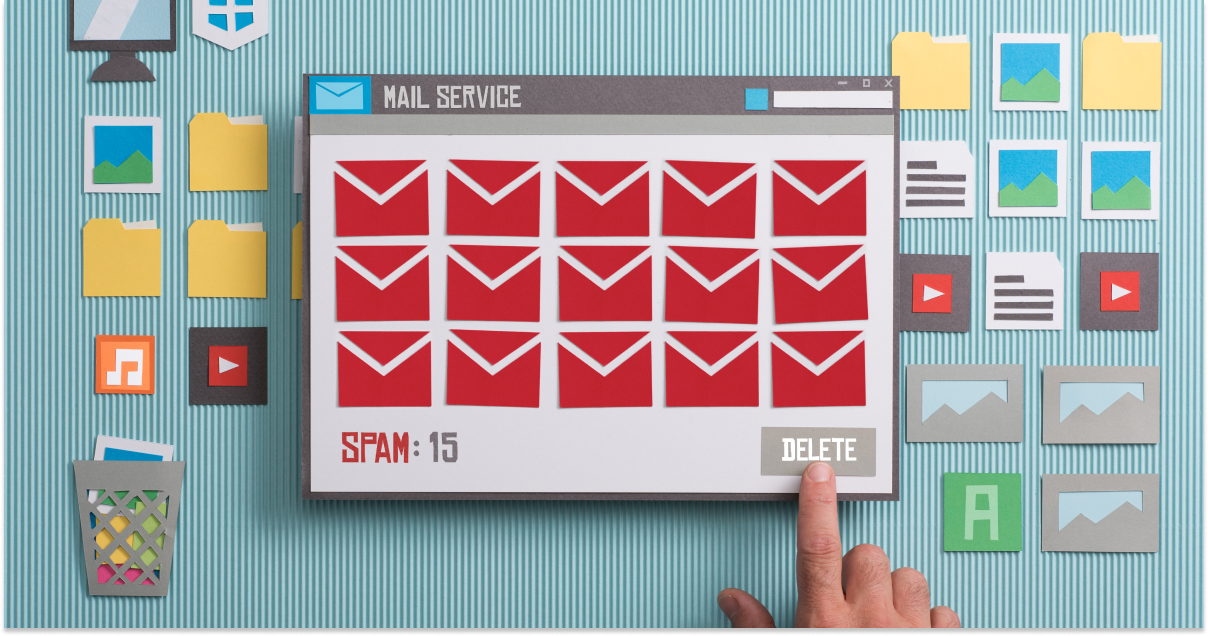As more companies handle sensitive data daily, obtaining SOC 2 certification has become essential to build trust and protect information. However, achieving this level of security compliance isn’t just technical adjustments; it’s a significant financial investment.
But why is SOC 2 certification worth the expense, and what specific costs should you expect? Whether you’re aiming to gain new clients, secure existing customer data, or align with industry standards, SOC 2 offers a solid framework to improve your security posture.
However, to avoid surprise expenses down the line, it’s crucial to understand the total costs and know where you might be able to save.
In this guide, we’ll break down the costs involved in SOC 2 certification, the factors that influence your budget, and practical tips to help you navigate the process without breaking the bank.
What is SOC 2 Certification?
SOC 2 (Service Organization Control 2) certification is a compliance standard developed by the American Institute of CPAs (AICPA). It sets the guidelines for managing customer data based on five “Trust Services Criteria”: security, availability, processing integrity, confidentiality, and privacy.
💡 Unlike SOC 2, SOC 1 focuses on internal controls related to financial reporting.

For companies, particularly those handling sensitive or regulated information, SOC 2 certification verifies that the organization has established effective internal controls to protect data.
Why SOC 2?
Achieving SOC 2 certification provides significant advantages for organizations, particularly in the tech and service sectors.
Firstly, it enhances trust and credibility with clients and partners, demonstrating a commitment to data protection and security.
Moreover, SOC 2 certification offers a competitive advantage. Many organizations prefer to work with secured vendors, and having this certification can make your business stand out.
The certification process also leads to improved internal controls. It encourages companies to evaluate and strengthen their security measures, ultimately fostering a culture of compliance and risk management.
Additionally, while SOC 2 is not a regulatory requirement, it aligns with various compliance frameworks, simplifying the journey toward regulatory compliance. This alignment reduces the overall burden of managing multiple certifications.
Lastly, obtaining SOC 2 certification facilitates streamlined onboarding of new clients and enhances the overall business reputation. It demonstrates a commitment to data security and the protection of personal information.
The process involved in SOC 2 Certification
Achieving SOC 2 certification generally involves 4 steps to ensure that your company’s security controls meet the required standards.
Here’s what the typical SOC 2 certification process looks like:

Step 1: Identifying the scope and boundaries of the audit
The first step in the SOC 2 process is to define the scope of the audit. This involves determining which parts of your organization and which Trust Services Criteria you’ll be evaluated against.
The more extensive the scope, the higher the costs, so focus on the areas most relevant to your clients and your data security needs.
Step 2: Gathering and documentation of information
Next, you’ll need to gather documentation on your existing processes, security controls, and any policies that support SOC 2 compliance. This includes policies related to data protection, access management, and internal controls.
Documentation is critical since auditors need to verify that your systems comply with SOC 2 standards and are consistently maintained.
Step 3: Testing of controls
In the testing phase, auditors examine your internal controls to ensure they function as intended. This step may involve vulnerability scanners, system monitoring, and security assessments.
For example, testing often reveals areas needing tightening—like outdated security settings or inadequate staff training—adding potential remediation costs to the total SOC 2 costs.
Step 4: Report generation
Finally, your auditor will generate a SOC 2 report, which details whether your company meets the Trust Services Criteria. If your audit is successful, this report becomes the certification you share with clients or stakeholders.
If any gaps are identified, additional measures may be necessary to address them before final certification.
Factors that influence SOC 2 Certification cost
Several factors impact the overall cost of SOC 2 certification. Here are some of the most significant:
1. Company size and complexity
Larger companies with complex infrastructures and multiple departments often face higher SOC 2 costs due to the added time and resources required to evaluate all systems and controls.
A smaller, less complex organization typically has fewer controls to test, which can reduce certification costs.
2. Preparedness for the audit
A readiness assessment can be a valuable step in estimating SOC 2 audit costs. This assessment identifies gaps in your systems or processes that might prevent you from achieving SOC 2 compliance.
If your organization isn’t adequately prepared, you may incur additional expenses for corrective actions and staff training, impacting the total costs.
3. The scope of the audit
A wider scope usually translates to higher SOC 2 audit costs. Focusing on only the necessary Trust Services Criteria can help manage costs, particularly if the certification is primarily aimed at meeting specific client requirements.
For instance, a Type 2 audit covering security alone will generally cost less than one covering all five criteria.
4. Use of third-party service providers
Companies often rely on third-party providers for aspects of their IT and security infrastructure, which means that these external services also fall under the audit’s scope
If you work with cloud providers or other service partners, their compliance posture could impact your audit, potentially adding to the certification cost.
5. Experience level of the auditors
The experience and reputation of the auditing firm can significantly influence the cost. Well-established firms with a strong track record may charge higher fees.
However, investing in a reputable firm can also lead to a smoother audit process and a more comprehensive SOC 2 report.
6. Geographic location
The geographic location of your company can affect the costs involved in SOC 2 certification. For instance, businesses in regions with higher living costs may face elevated audit fees.
Furthermore, companies operating in different countries may need to navigate additional compliance requirements, potentially increasing expenses.
7. Customization of internal controls
If your organization has specific requirements or unique internal controls tailored to your business model, the auditing process may take longer and require additional documentation.
Custom solutions, while often necessary, can add complexity and costs to your SOC 2 certification.
8. Technology infrastructure
The complexity of your IT infrastructure, including the types of software, hardware, and security measures in place, can impact costs.
Organizations with outdated technology may need to invest in upgrades or replacements before they can meet SOC 2 requirements.
Conversely, companies with modern, well-integrated systems may experience lower certification costs.
9. Internal resource availability
If your organization has a dedicated compliance team or IT staff experienced in SOC 2 processes, this can help reduce external consulting fees.
However, if your team lacks the necessary expertise, you may need to engage consultants or additional resources to help navigate the certification process, which will add to your costs.
Estimated cost of SOC 2 Certification
SOC 2 certification costs are influenced by several variables, so estimates can range widely. However, here’s a rough breakdown of the expenses involved:
Initial audit costs
For a basic Type 2 audit, initial costs typically range from $20,000 to $60,000. The exact amount depends on your company’s size, complexity, and the scope of the certification. Costs may be higher for companies that need an extensive audit.
Ongoing maintenance costs
Maintaining SOC 2 compliance is a continuous process, with companies investing more than $10,000 annually to keep their systems and controls updated.
This includes periodic reviews, staff training, vulnerability assessments, and compliance updates to stay audit-ready.
Costs of remediation efforts
If your company isn’t fully prepared for the SOC 2 audit, remediation costs will add to the total expense. These can vary based on the complexity of the issues.
Remediation costs cover everything from updating internal controls to implementing new security measures, like adding vulnerability scanners or improving data breach defenses.
Other hidden costs
Several hidden costs, such as legal fees or lost productivity, can also arise during the certification process. Legal costs can add $5,000 to $15,000 based on the resources required for effective audit preparation and documentation.
Additionally, the time spent on audit readiness can impact productivity, adding to the overall SOC 2 costs.
Tips to minimize SOC 2 Certification cost
SOC 2 certification is a considerable investment, but there are several ways you can minimize costs:
- Perform a readiness assessment: Identify gaps early with a readiness assessment. This preparation can reduce costs related to last-minute adjustments or failed audits.
- Narrow the scope: Consider focusing only on relevant Trust Services Criteria to reduce audit costs. For instance, if your clients are concerned mainly with data protection, focus on the security criteria.
- Foster a culture of compliance: Encourage a company-wide understanding of compliance and security best practices. When all employees understand the importance of SOC 2 requirements, it can lead to fewer mistakes and increased readiness, ultimately reducing costs.
- Automate security and compliance tasks: Automated tools, such as vulnerability scanners, can simplify monitoring and documentation, ensuring you stay compliant without extra effort.
- Partner with an IT support platform: Services like Esevel can help your company streamline SOC 2 certification. Esevel enables startups to achieve certification faster and at a more affordable cost by assisting with device management, audit readiness, and IT security.
- Leverage existing frameworks: If your organization has already implemented other compliance frameworks (like ISO 27001 or HIPAA), you can leverage these existing controls and documentation to support your SOC 2 efforts. This can save time and reduce redundant work.
- Engage a consultant early: Hiring a compliance consultant or advisor early in the process can help you identify weaknesses and areas of improvement before the official audit. While this incurs upfront costs, it can lead to savings by avoiding costly delays or remediation later.
- Monitor ongoing compliance: Implement regular monitoring of your security controls and compliance processes. This proactive approach can help you identify and address issues before they become significant problems, saving you time and money in the long run.







